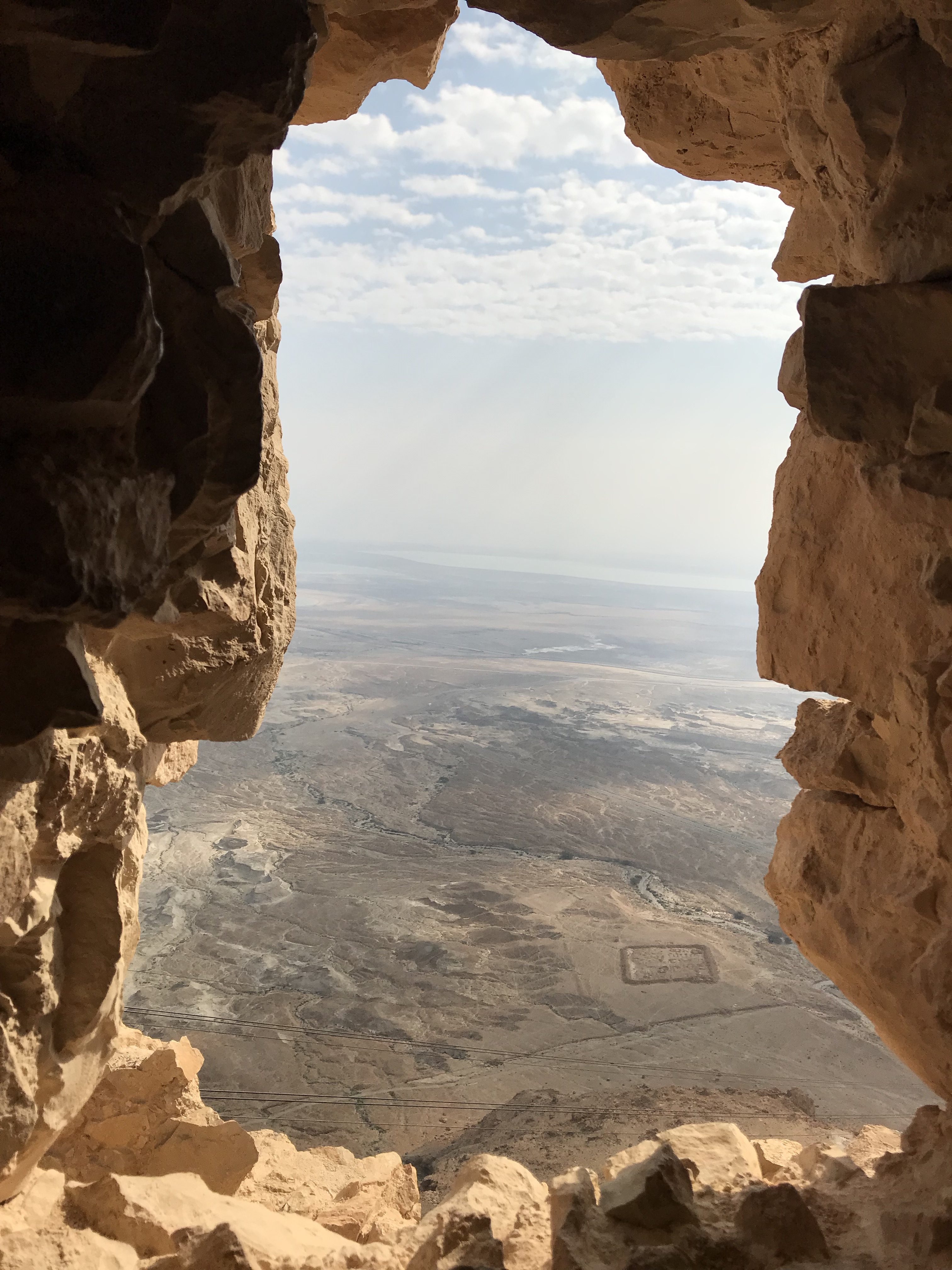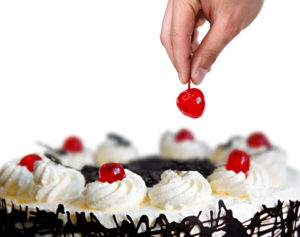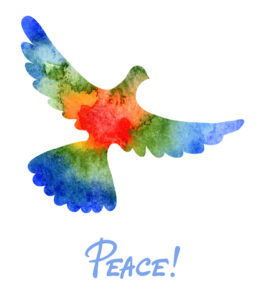While visiting the Holy Land last month, our little group saw so many sites that by the last few days of the trip I could barely keep straight where we’d been or where we were going. However, one location stood out with clarity. That was Masada.
I remember learning about Masada many years ago, in a college Religion class. It was amazing to finally be there, standing on the high, rocky mesa at the edge of the Judean desert. The view in every direction was astounding. To the East, the Dead Sea lay 1500 feet below. In Hebrew, Masada means fortress or strong foundation and Herod the Great had chosen this highly defensible spot for one of his palace-fortresses. It provided a stronghold he could escape to if
After Herod the Great’s death, and the relatively brief rule of his son, the palace was abandoned, though a Roman garrison was stationed at Masada. When the Jewish revolt began in AD 66, a group of revolutionaries took over the complex. After the fall of Jerusalem in AD 70, more people fled there, until there were nearly 1,000 inhabitants. Rome, in an effort to stamp out the last of the rebels, sent 8,000 soldiers of the 10th legion. They established eight camps around the mountain. The large square visible in the photo is the remains of one of them. The siege lasted for months. The Romans built a wall around the mountain. As they began constructing an enormous siege ramp up to the top, the rebels reinforced their walls. (The dramatic battle at Masada inspired a mini series and a movie.) Finally the Romans breached the wall. According to the account of Josephus Flavius, when the soldiers entered the fortress, there was no battle to be joined. Only silence. The rebels had chosen suicide over capture. They had even made a point of leaving ample food in the storehouses to show the Romans they had not simply run out of provisions. Josephus says of the Roman soldiers, “…instead of exulting as over enemies, they admired the nobility of their resolve.” As we walked around the site, the famous words of Patrick Henry came to mind, “Give me liberty or give me death.”
Today, despite the destruction caused by an earthquake, the remains of Masada are still impressive. The Roman bathhouses had clearly been lavish, including large pools and three baths: cold, tepid, and hot. The hot bath had a heated floor and walls! The rebels had lived in smaller quarters. They had built simple mikvehs (baths for ritual cleansing prior to worship) and it was clear the building they converted to a synagogue had been central to their lives.
After all these generations, the stones at Masada bear silent witness to Herod the Great’s life of luxury. They also bear witness to the faith of the rebels. And I wonder: What would my home and my possessions say to future generations about what’s important to me? What would yours communicate?



